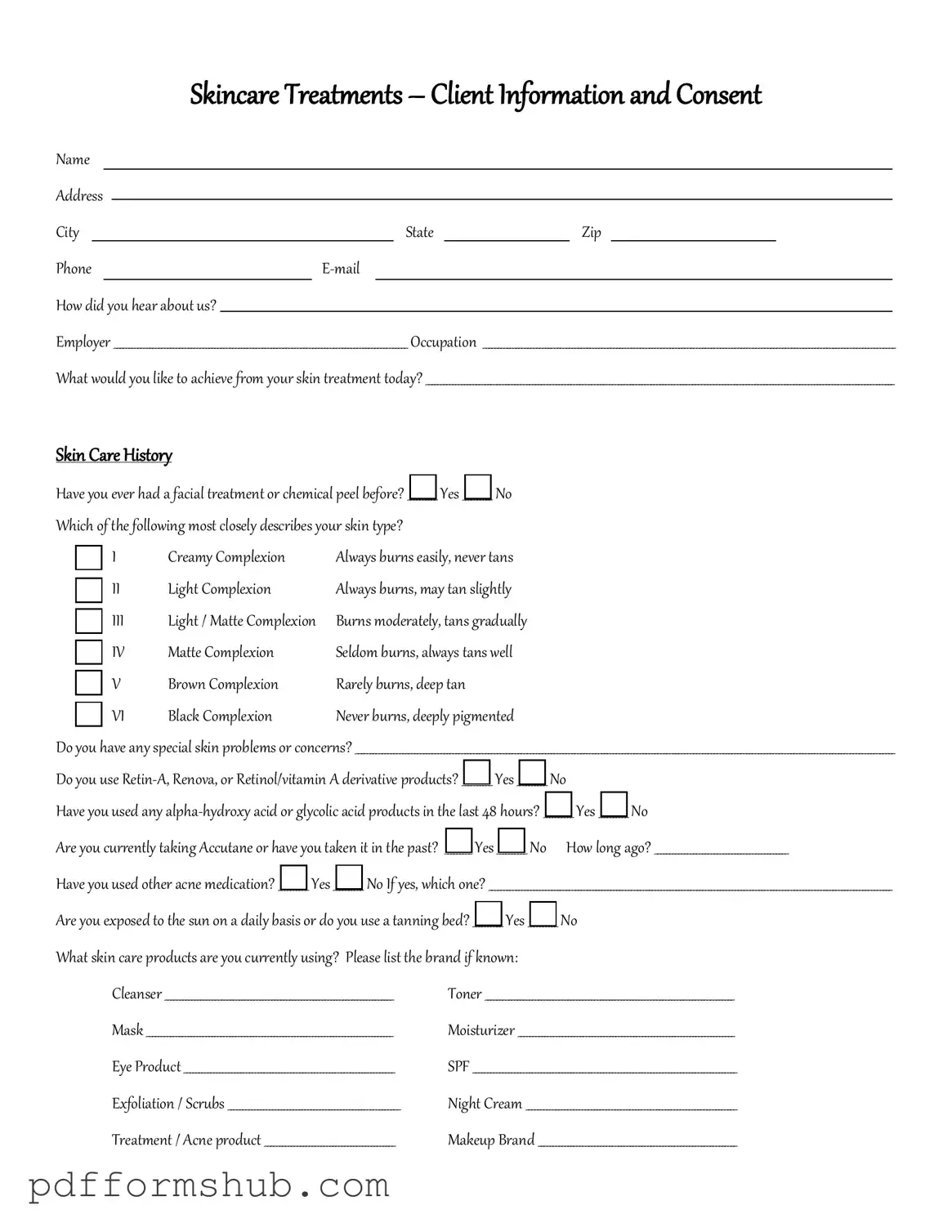Free Printable Time Sheets
- Make sure to sign your time card to validate your reporting.
When considering a temporary arrangement for a child's care, it is important to understand the Florida Power of Attorney for a Child form, which is a legal document that allows a parent or guardian to grant another individual the authority to make decisions regarding their child's welfare, education, and health in their absence. For more information and to access the form, visit floridaformspdf.com/printable-power-of-attorney-for-a-child-form/. This ensures that, in the event the parent cannot be present, the child's needs are met with the guidance and oversight of someone they trust, which can be vital during extended trips, illnesses, or other situations where direct caregiving is compromised.
Odometer Statement Indiana
- The statement should be filled out clearly and accurately.
